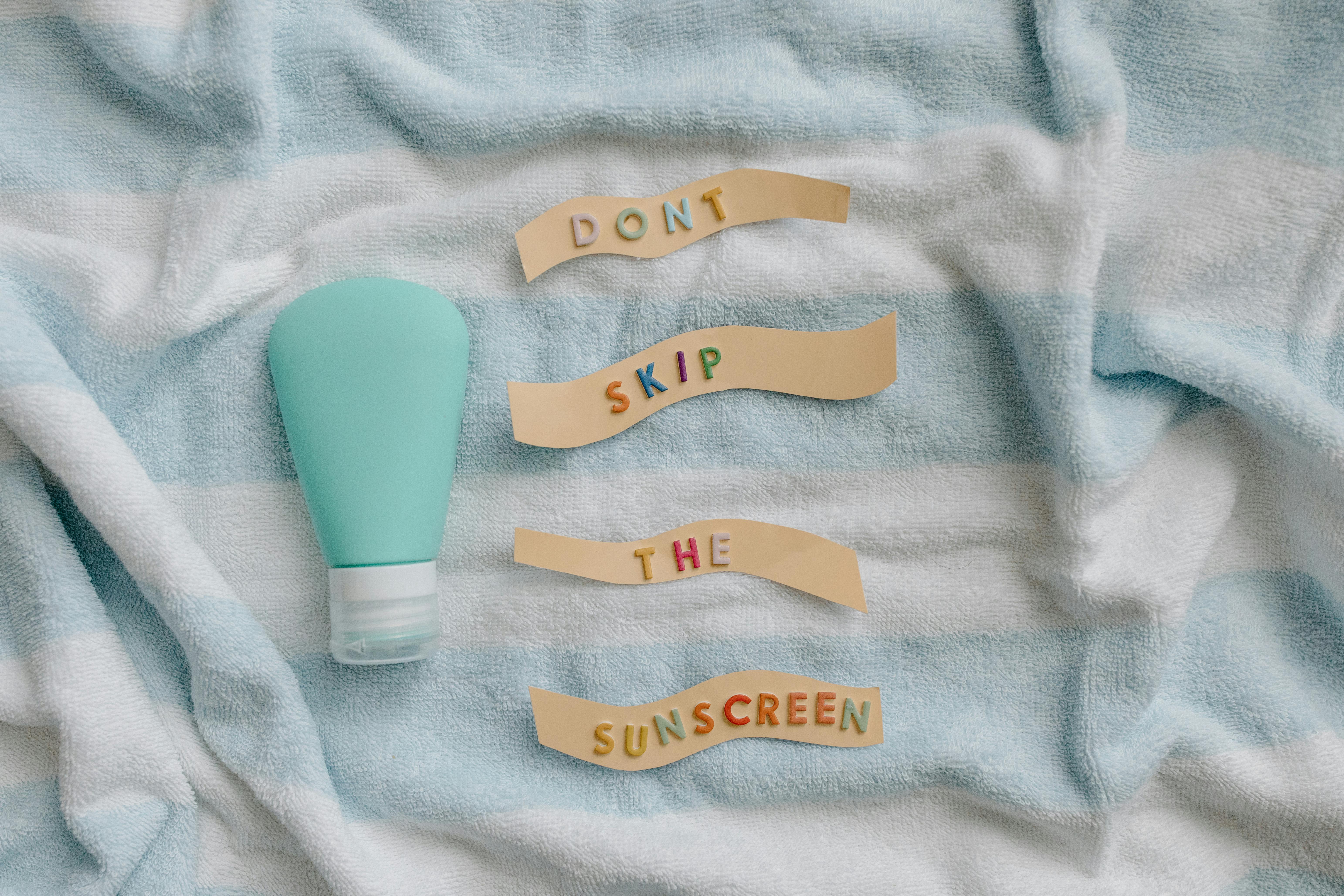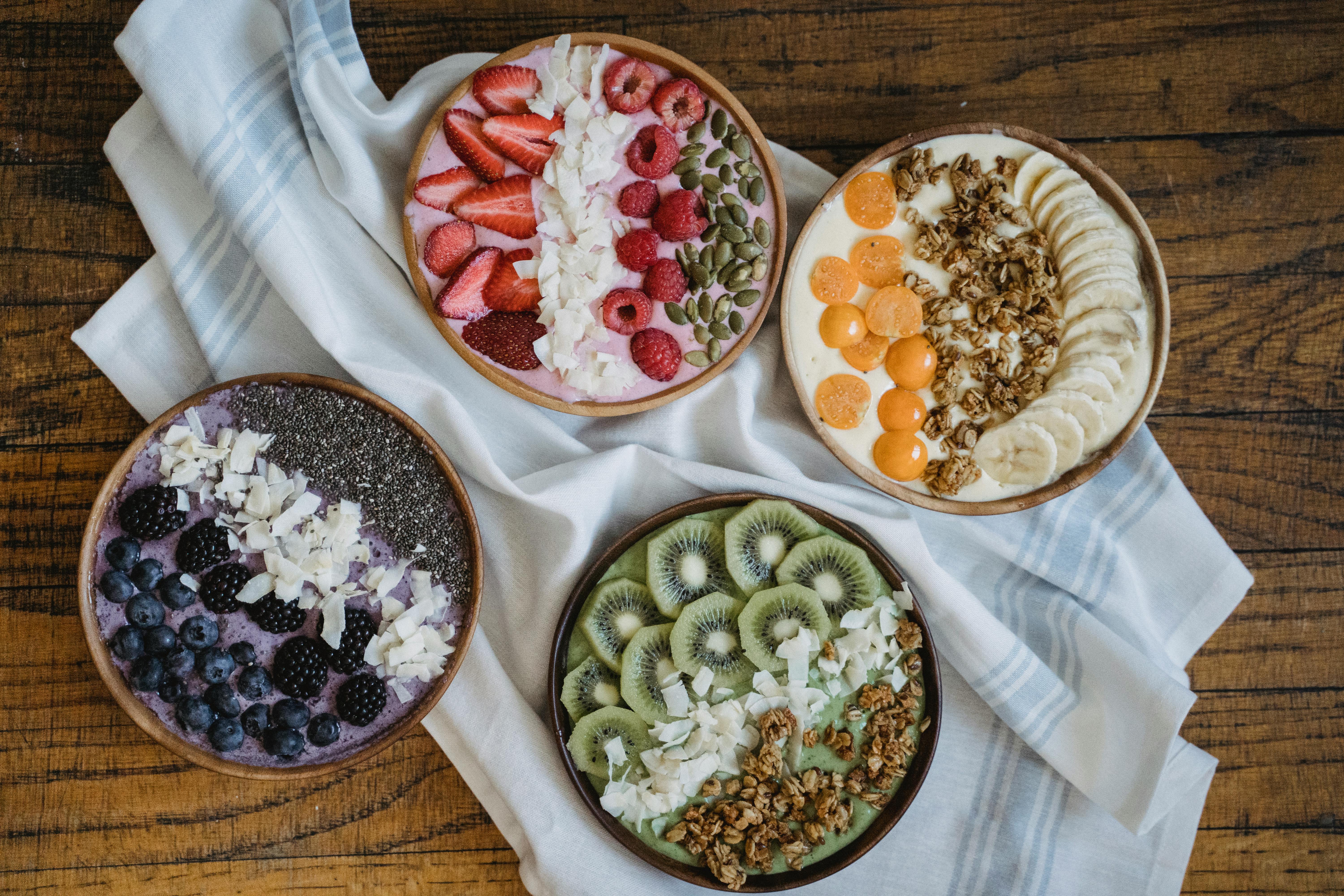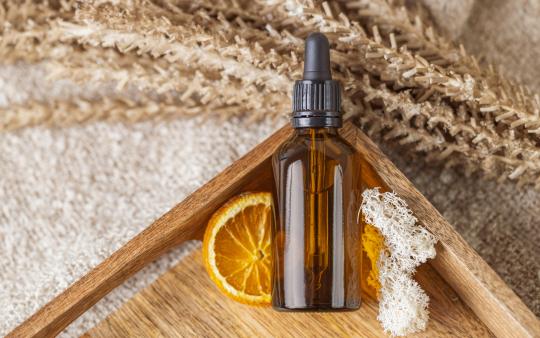Acne scars may very well heal on their own in time; however, for a more proactive approach to healing your skin, try these techniques to speed up the process. Scarring and discolouration left over from acne breakouts can be extremely frustrating and often trigger negative feelings toward your skin, affecting your self-confidence or self-esteem. This is common, however, and know your skin has a beauty that will continue to shine through and that you are not alone. The good news is that scarring can heal and fade on its own over time, but there are also a few options to help speed this process along if that’s your preference.
Together, let’s explore the different types of acne scarring and how to address them holistically by using skincare, nutrition, and perhaps medical aesthetic options.
STEP 1: SCAR IDENTIFICATION
1. Post-inflammatory hyperpigmentation (PIH) is the annoying discolouration left over after the acne lesion has healed. In response to inflammation, the skin produces excess melanin resulting in the darkening or hyperpigmentation of the affected area. PIH is typically flat and can range in colour from light to darker brown or even black, and the affected area can sometimes be larger than the original blemish. The good (and not-so-good) news is that PIH can fade over time, but may persist for six months or more.
2. Post-inflammatory Erythema (PIE). This red or pink discolouration (called simply “redness”) often occurs when there is damage to the blood vessels after picking or squeezing inflamed spots—this is why it is so important not to pick and squeeze acne. PIE can persist for weeks to years depending on the severity of the damage.
How to Tell the Difference Between PIH and PIE
The pressure test is a quick and easy at-home test you can do to determine what type of post-inflammatory condition you are experiencing, which will be key in the healing process. Apply light pressure on the discoloured skin and observe: if the skin temporarily changes colour, this is likely PIE. The pressure from your finger will constrict the blood flow causing skin blanching. If the colour doesn’t change, then it’s likely PIH.
3. Textured scarring (icepick scars, boxcar scars, rolling scars, hypertrophic) is left over from active acne lesions—ones that are indented or pitted and thicker—resulting in an overgrowth of skin tissue that is raised above the rest of the skin.
STEP 2: REPAIR
Similar to acne, there won’t be any magical product or skincare routine that will get rid of discolouration and scarring overnight; this will take some time. Be patient with your skin, and the results will follow.
- Apply sunscreen every single day. This is the bare minimum for skin healing. Daily sun protection creates a protective barrier so that your skin can better focus on cellular turnover to heal scarring and discolouration—especially for PIH—as UV radiation will further increase the melanin production in the skin.

- Exfoliate regularly. A gentle chemical exfoliant containing a combination of alpha-hydroxy-acids (AHAs) and beta-hydroxy-acids (BHAs) is best for sensitive skin; avoid the cleansers with textured beads or a granular sensation as they tend to scratch and lead to further irritation. Exfoliating the skin will speed up cellular turnover, which will promote healing. AHAs, such as glycolic acid and lactic acid, are water-soluble and work on the skin’s surface, effectively exfoliating the top layer of dead cells. BHAs, such as salicylic acid, are oil-soluble and can penetrate deeper. They are effective in exfoliating the skin’s surface and inside the pores, making them particularly useful for treating acne-prone and oily skin.
- Fade pigmentation and brighten the skin. Vitamin C, licorice root, azelaic acid, or retinoid (tretinoin) are all good for this. It’s a process that will take consistent use, and up to three months or more to see noticeable results. Consult your healthcare practitioner to determine the right ingredient for you.
Timeline:
Give the above approach at least three to six months after your acne has calmed down. By using this skincare approach, your discoloration will begin to fade and you will see progress. Some types of textured scarring may not be able to heal completely with skincare alone, so additional treatments such as dietary adjustments might be worth considering.
Nutritional Support
Let’s explore how your diet can support the skin healing process.
Vitamin C is essential for collagen production, which can help reduce the appearance of scars. Foods high in vitamin C include citrus fruits, kiwi, berries, broccoli, and bell peppers. Increasing the amount of vitamin C in your diet can contribute to improved skin health and faster wound healing.
Zinc, also great for wound or acne healing, is essential for the formation and synthesis of collagen (a protein that forms the structural framework of the skin), decreasing sebum production, and offering anti-microbial effects. Foods containing zinc: Shellfish like oysters, crab, and shrimp, as well as red meat including beef and lamb, or seeds such as pumpkin or hemp.

Antioxidants are important to incorporate into your diet to support the skin. They protect the skin from damage caused by free radicals and promote collagen production. Foods containing antioxidants: Red onions, green tea, berries, leafy greens, nuts, and seeds.
Other Treatments
These treatments are for more textured and indented scarring that is more stubborn than hyperpigmentation, and typically can’t be significantly improved with skincare or nutrition alone.
It’s best to start by looking into these treatments once your acne has fully calmed and you are not seeing a repetitive cycle of active breakouts. These treatments are based on the premise of creating micro-trauma within the skin to initiate the healing process. This can help increase collagen production and deliver great results, but because acne is an inflammatory response, the treatment could trigger a flare-up and may contribute to a breakout, temporarily making things worse. Timing is key—be patient.
Microneedling
- ideal for textured scarring
- creates thousands of tiny micro-injuries to stimulate collagen regeneration and skin turnover
- often combined with platelet-rich plasma (PRP), which helps to boost results and healing time. It’s referred to as the “vampire facial” and involves drawing the patient’s blood and spinning it quickly in a centrifuge to separate the red blood cells from the yellow plasma, which is full of platelets and plasma proteins. The plasma portion is applied to the skin during microneedling, or injected directly into the treatment area.
Laser
- ideal for skin discolouration, like PIE and PIH
- in the hands of an experienced physician, laser treatments can often provide quicker, more dramatic and long-lasting results than microneedling
- because lasers deliver heat to the skin, we see more side effects such as temporary darkening or bruising, and longer downtime due to post-treatment swelling and redness. Lasers can also flare certain medical conditions, so it’s important to have a thorough consultation with a professional before diving in
- Combo—it’s common for these to be used together, either in the same appointment or spread out throughout your treatment plan
Most clinics offer free consultations. I recommend checking out a few in your area to get quotes and understand their approach. Be sure to check their qualifications and experience; some clinics have a dermatologist on staff, which can be an additional benefit for consultations. It’s important that you trust the clinic and feel comfortable there. Don't be afraid to ask questions and advocate for yourself.
For references visit ecoparent.ca/EXTRAS/FALL23




